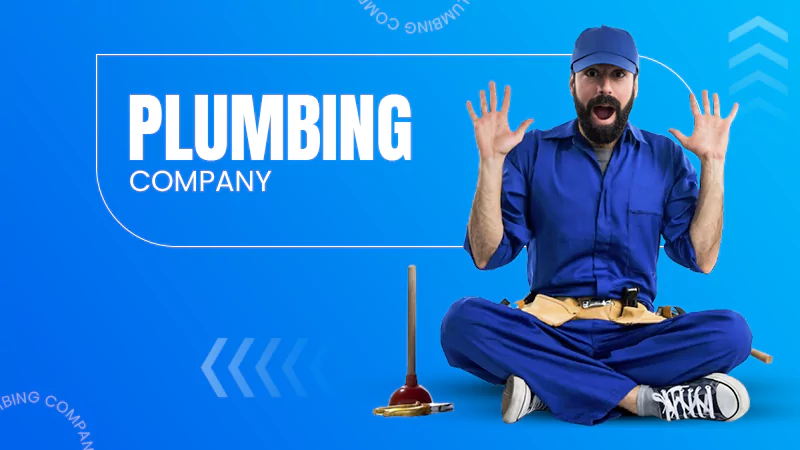Mould Science: What Homeowners Need to Know Before They Demolish
Mould. Just the word sends homeowners running for their lives on every continent—and for good reason. While mould is a natural phenomenon, an epidemic here means disaster with long-term effects ranging from breaking down the building structure to complete health hazard. But before rushing to bleach it away or calling in professionals, it’s important to understand the science behind mould—how it works, why it grows, and what strategies actually work for controlling it. In this in-depth guide, we’ll explore what mould really is, what fuels its growth, and how understanding its biology can lead to safer, more effective mould removal.
What Is Mould, Really?
Mould is not a stain. It’s a fungus, a living organism that’s actually quite beneficial to the world because it will rot dead veggie material like leaves, wood, and plants. Good things in the great outdoors. But then it gets in your house, *sigh*, it’s trouble and a warrant for death.
Mould grows out of incredibily tiny spores which hum quietly about in the air. Spores land on nearly any surface and, if it is in the correct conditions, form colonies. Black streaking, green blotch, or white bump, this which we name mould, the visible sign of millions of extremely tiny animals eating and reproducing.
The Conditions Which Allow Mould to Grow
To be conscious of killing and stopping mould, one needs to be conscious of its optimum location. Mould’s best buddy is:
- Water: Mould’s best buddy is water. Water droplets, window fog, or indoor high humidity is enough to provide food for growth in mould.
- Poor airflow: Mould likes where air circulation is poor. Bathroom, basement, closet, and behind areas of furniture are all great hideouts.
- Dark: Dark places will slow down the growth of the mould, though growth is inhibited by light. Because of this, it will grow where it is dark quite contentedly.
- Organic Matter: Mould needs something to feed on. Drywall, wood, insulation, and even dust (dead skin) will do.
- Temperature: Mould prefers 15°C to 30°C, also the perfect room temperature range for most parts of the UK.
Types of Indoor Mould
Although there are dozens of thousands of mould species, some of the most widespread types infest our dwellings:
- Cladosporium: On wood surfaces and clothing. Not typically toxic but potentially allergenic.
- Penicillium: Growing rapidly and typically blue or green. Typically on wallpaper, carpets, and insulation.
- Aspergillus: Presumably in a broad spectrum of colors and possibly releasing allergens and mycotoxins.
- Stachybotrys chartarum (Black Mould): Black mould, poisonous, and likely where water has done an unpleasant harm to something.
Mould’s Impact on Your Health
Impacts on health by mould range on people as well as on type of mould, but usual impacts are:
- Sneezing and coughing
- Nasal discharge and congestion
- Red or inflamed eyes
- Red skin
- Triggering off asthma or other breathing disorder
Repetitive exposure to mould, especially toxic mould such as Stachybotrys, will result in more extreme illness such as chronic fatigue syndrome, neurological damage, and scarring of the lungs.
Why You Should Learn Before You Demould
There are some homeowners who believe that the problem can be solved by demoulding visible mould with bleach. All moulds are not visually evident.
What you should know
- Surface vs. Source: Cleaning the surface is cleaning the symptom, not the disease. If there is still the water, then the mould moves back in again.
- Porous vs. Non-Porous Surfaces: One can wash away the mould on non-porous surfaces like tile. But with porous surfaces like drywall or wood, the spores seep too deeply and cannot be washed off.
- Spore Dispersal: If one doesn’t clean thoroughly enough, spores will atomise in the air and transport the problem elsewhere.
- Health Precautions: Slaughter a mould colony without necessary equipment (gloves, mask, goggles) will emit mycotoxins and worsen health issues.
The Correct Mould Removal Process
Scientific facts present a healthier, superior option:
Locate the Source of Moisture
Before cleanup, locate and fix the source of water. It may be an air vent problem or a leak in the pipe but if it’s mould, unless water is washed off of it, it will keep growing.
Set the Scope
Small areas of mould with sizes less than 10 square feet will be homeowners’ responsibility mostly. Systemic or large ones will be mould remediation specialists’ responsibility.
Use Appropriate Cleaning Agents
Vinegar: Most water-based natural antifungus solution typically applied on most types of mould.
Hydrogen Peroxide: Most suitable application of porous surfaces.
Commercial Fungicides: Prepared to kill, not re-grow.
Replace and Clean
Seriously infested porous materials (such as carpet or insulation) need to be replaced.
Dry Thoroughly
Dry thoroughly the area with dehumidifiers, fans, or other means of ventilation following disinfecting.
Protect Yourself
Wear gloves, N95 masks, and masks at all times while dealing with mould to avoid health hazard.
Scientific Prevention with Long Lasting Effect
Prevention comes after mould cleaning. This is how science saves you:
- Control Indoor Humidity: Less than 50%. Your electronic hygrometer will be useful here.
- Ventilate Even More: Utilize kitchen and bathroom exhaust fans.
- Use Mould-Resistant Materials: From paint to drywall, there are some newer materials that discourage mould growth.
- Regular Check-up: Particularly in high-risk areas like attics, basements, and crawlspaces. Contact us for more information on Mould Removal London.









